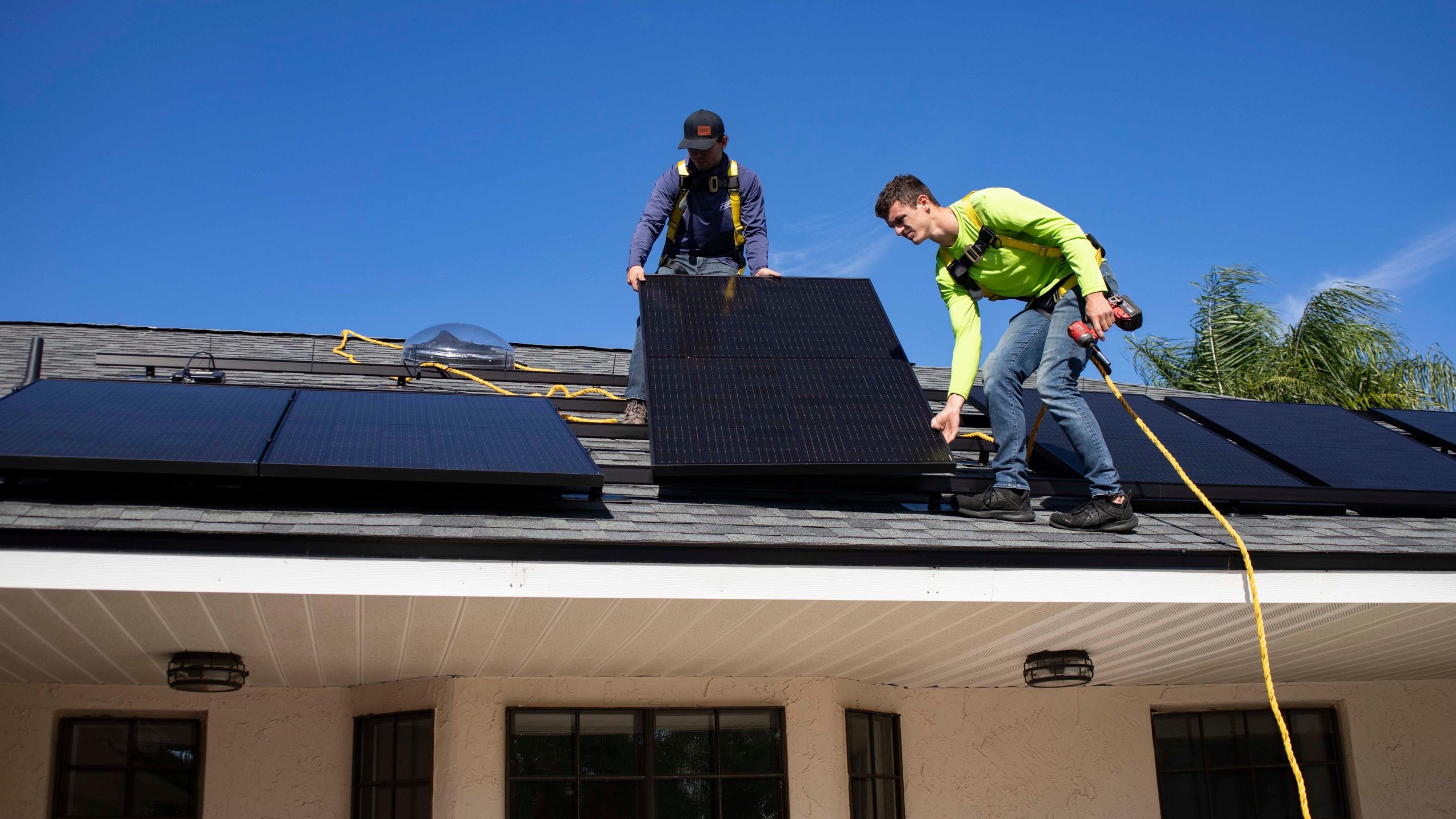
“Conserving Local Wildlife with Solar Power: Benefits and Challenges”
Introduction
Solar power is an increasingly popular way for homeowners to reduce their energy costs and reduce their carbon footprint. However, the benefits of solar energy go beyond just cost savings and environmental protection. Solar power can also be used to help conserve local wildlife and promote biodiversity. In this blog post, we’ll explore how solar power can be used to help conserve local wildlife and why it’s important to do so. We’ll also discuss the various ways homeowners can use solar power to help conserve local wildlife and provide tips on how to get started.
Solar Power and Local Wildlife Conservation
As the world’s population continues to grow, so does the demand for energy. This increased demand has led to the development of various energy sources, including solar energy. Solar energy is a clean, renewable energy source that can be used to power homes and businesses. However, solar power can also be used to help conserve local wildlife.
The Benefits of Solar Power for Local Wildlife
Solar power can be used to help conserve local wildlife in a variety of ways. For example, solar power can be used to reduce light pollution, which can be harmful to local wildlife. Light pollution can disrupt the natural rhythms of nocturnal animals and can cause them to lose their habitat. Solar power can also be used to reduce air and water pollution, which can have a negative impact on local wildlife. Finally, solar power can be used to reduce the need for energy from fossil fuels, which can lead to less habitat destruction and a healthier environment for local wildlife.
Solar Power and Habitat Restoration
In addition to reducing light, air, and water pollution, solar power can also be used to help restore habitats for local wildlife. Solar power can be used to power irrigation systems, which can help restore habitats for local wildlife. Solar power can also be used to power water pumps, which can help restore wetlands and other habitats for local wildlife. Finally, solar power can be used to power electric fences, which can help keep predators away from local wildlife.
Tips for Using Solar Power to Help Conserve Local Wildlife
If you’re interested in using solar power to help conserve local wildlife, there are a few tips you can follow to get started. First, consider installing a solar system on your property. This will help reduce your energy costs and reduce your carbon footprint. Second, consider investing in solar-powered lights for your property. This will help reduce light pollution and create a safer environment for local wildlife. Third, consider investing in solar-powered irrigation systems and water pumps to help restore habitats for local wildlife. Finally, consider investing in electric fences to help keep predators away from local wildlife.
Conclusion
Solar power is a clean, renewable energy source that can be used to help conserve local wildlife. Solar power can be used to reduce light, air, and water pollution, which can have a negative impact on local wildlife. Solar power can also be used to power irrigation systems, water pumps, and electric fences, which can help restore habitats for local wildlife. If you’re interested in using solar power to help conserve local wildlife, consider installing a solar system on your property, investing in solar-powered lights, and investing in solar-powered irrigation systems and water pumps.
At My Solar Arizona, we’re committed to helping homeowners reduce their energy costs and reduce their carbon footprint. We offer free energy assessments to help homeowners determine the best solar system for their needs. Contact us today to learn more about how solar power can help conserve local wildlife and to get started on your journey towards energy independence.

